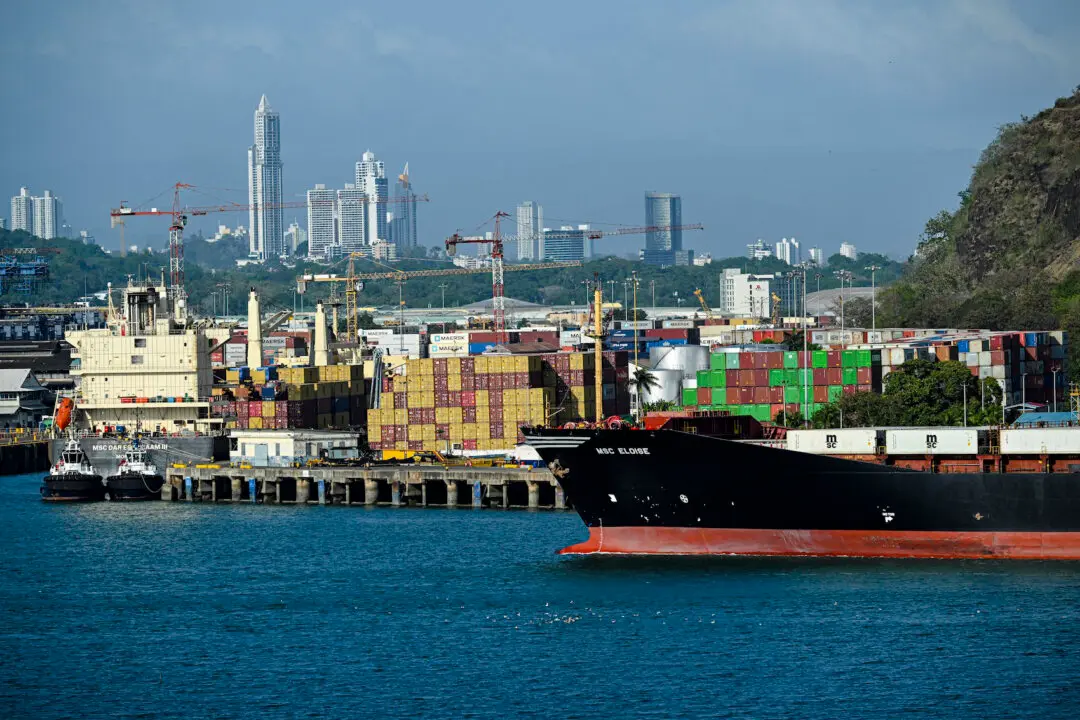The recent outbreak of COVID-19 in China’s southern province Guangdong has caused acute congestion at the region’s ports. Shipments have been delayed, which has severely disrupted global supply chains. Adding to that, the surge in the cost of sea freight from China since the end of last year has caused many Chinese companies to cancel export orders.
Since the sudden COVID-19 outbreak in the province in late May, operations at the terminals at the ports in Guangdong province, including in major port Yatian in Shenzhen, have been restricted due to the shutdown measures that the Chinese regime adopted to control the spread of the disease. It has caused severe congestion.




